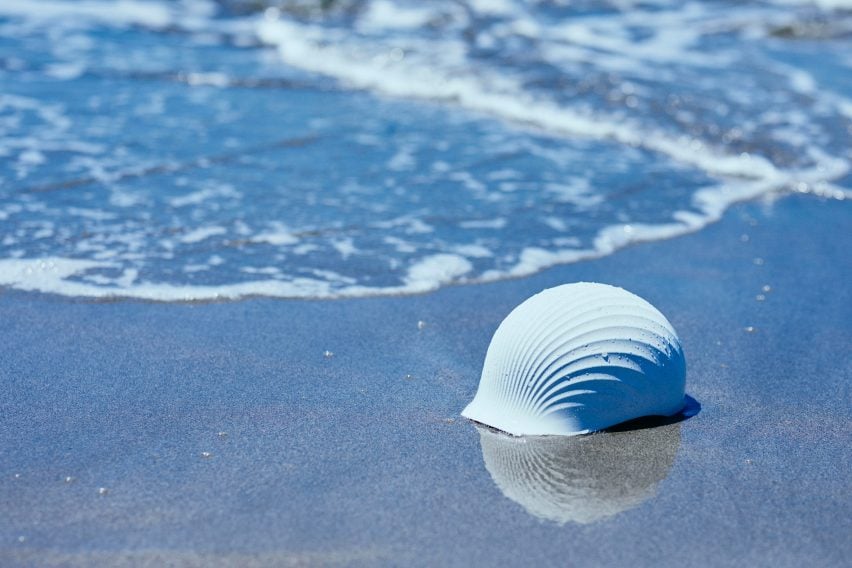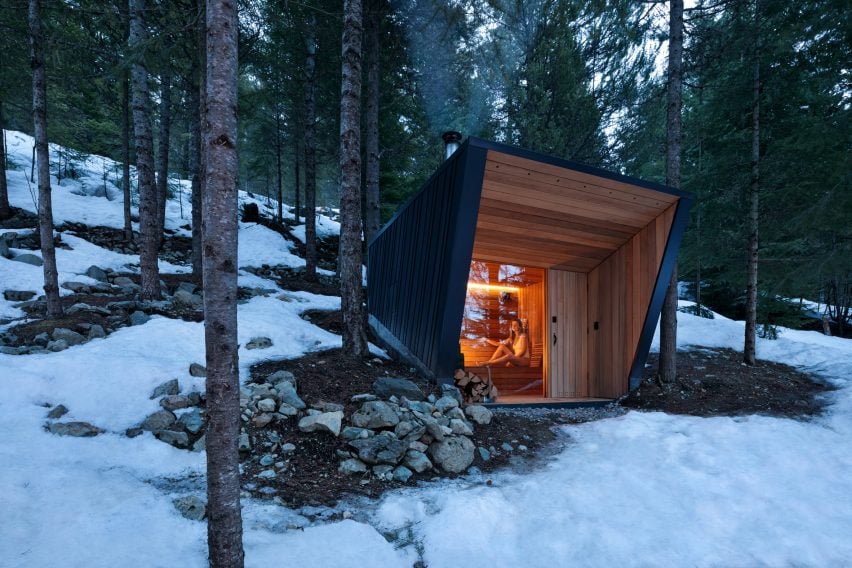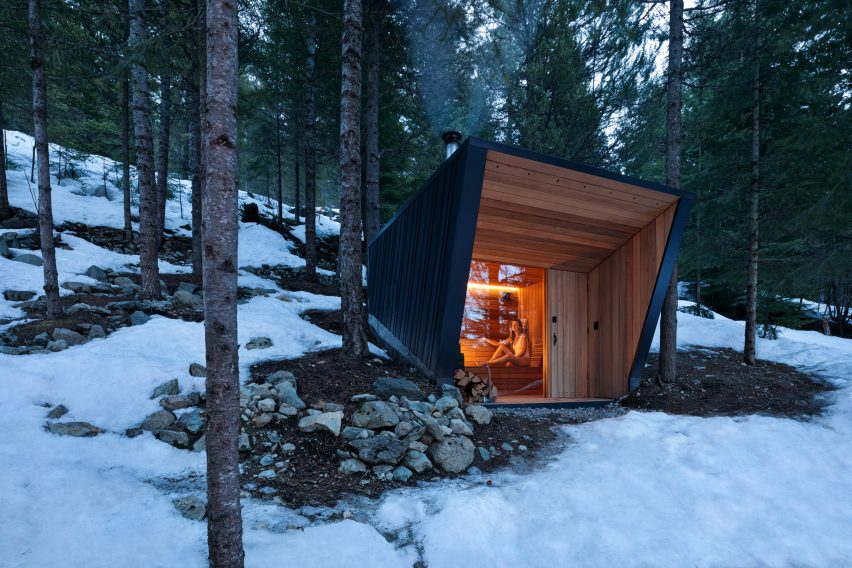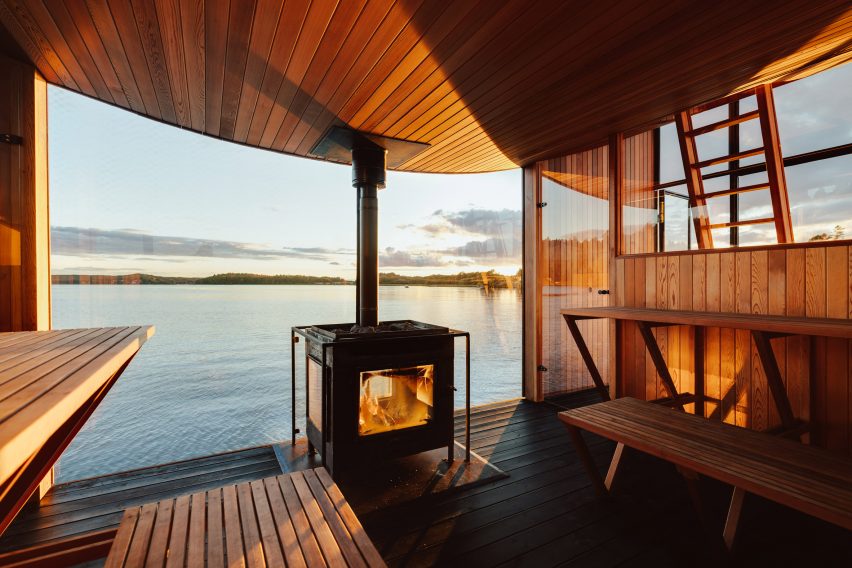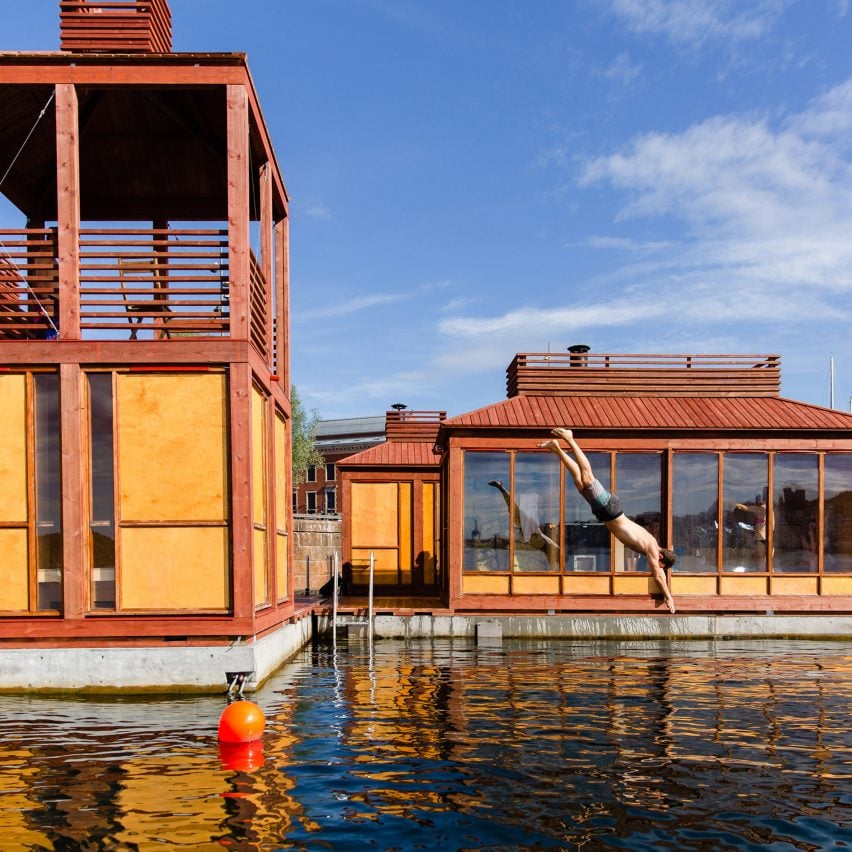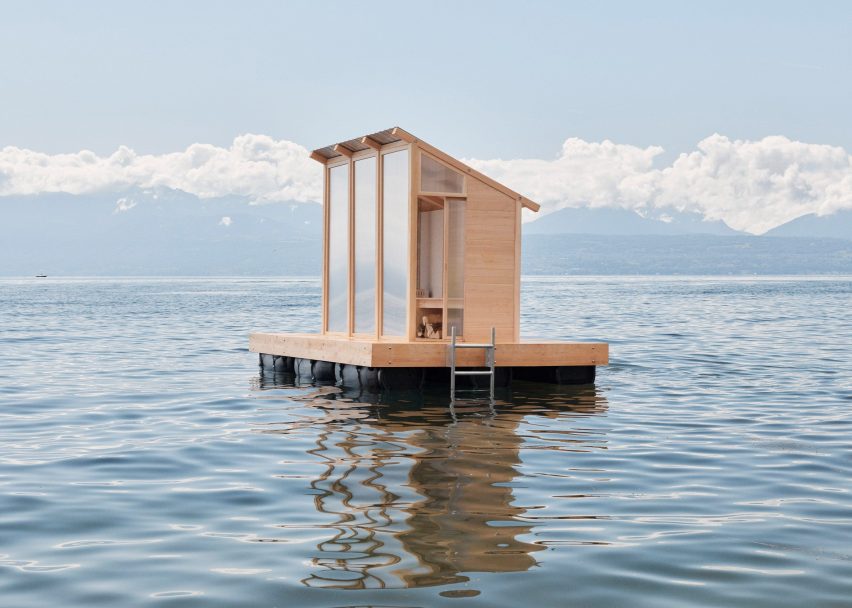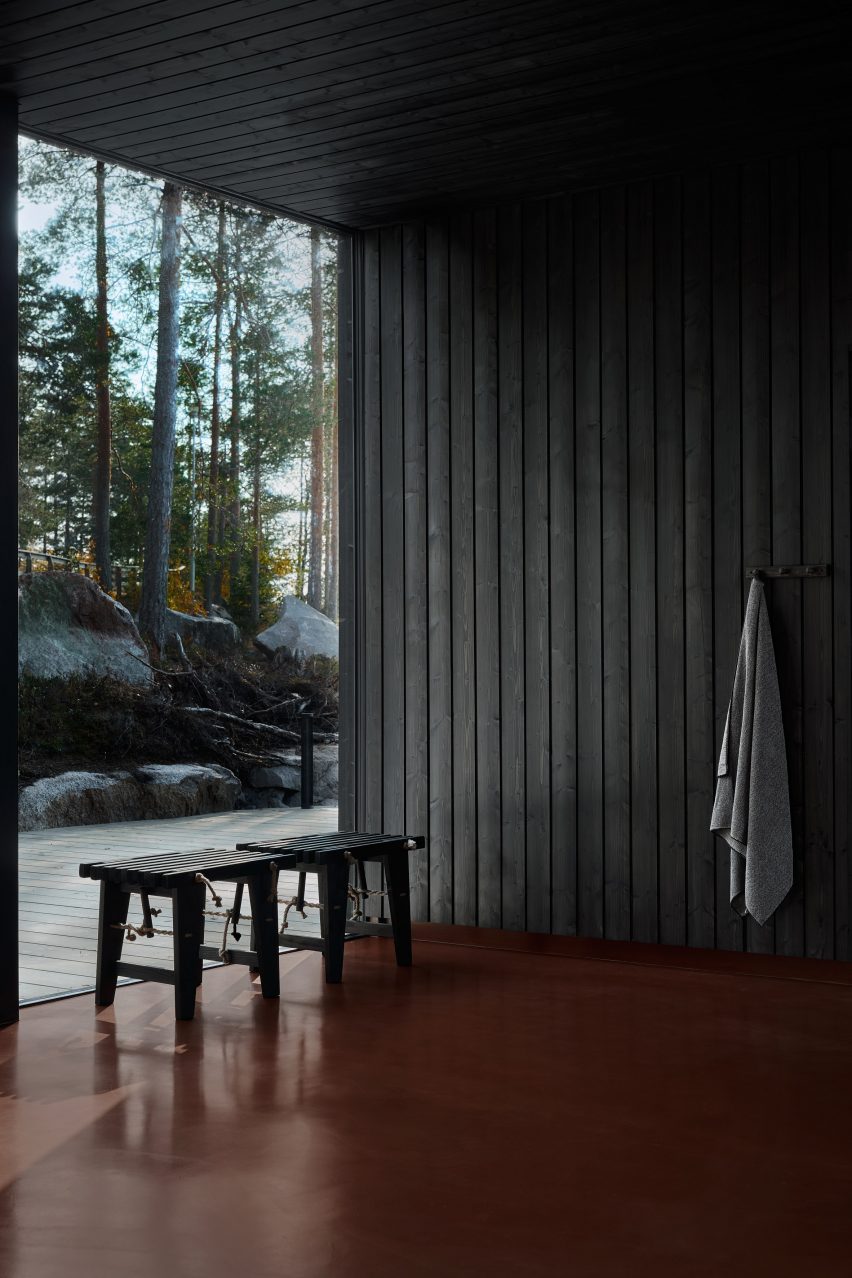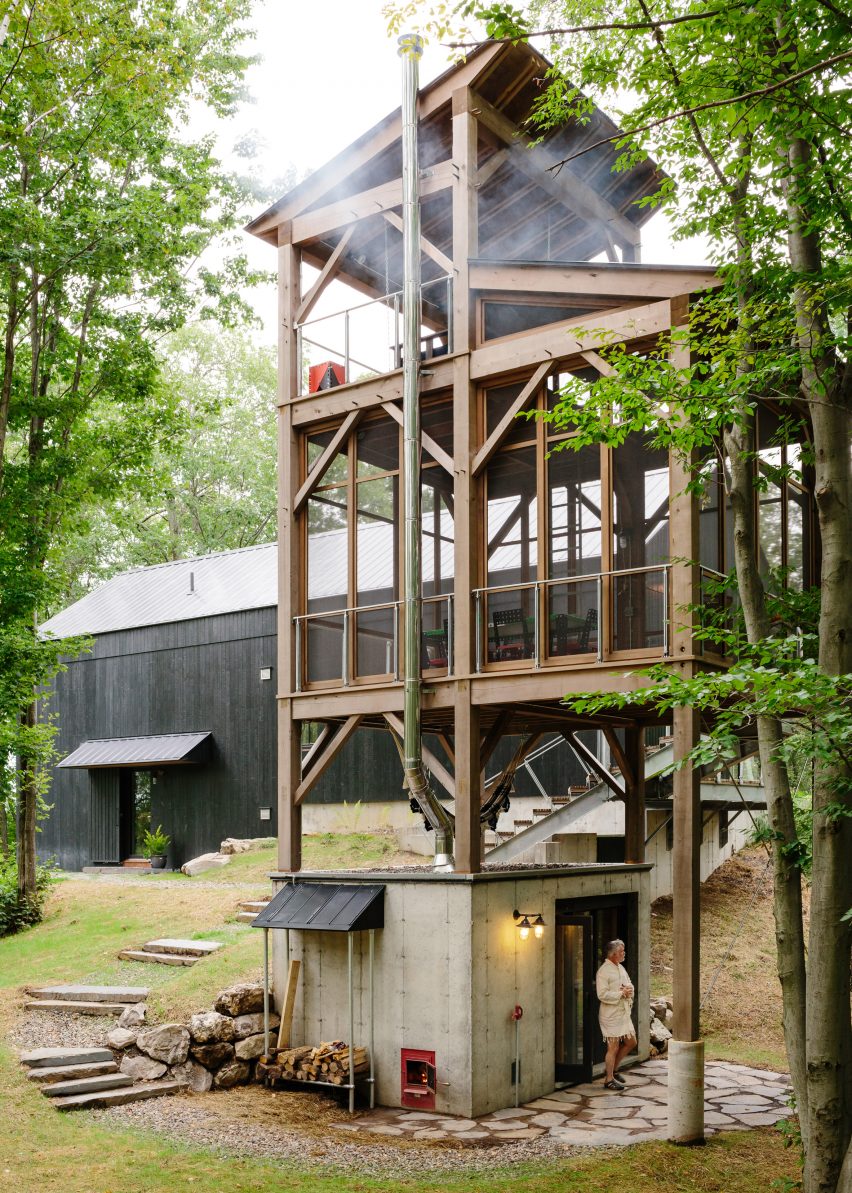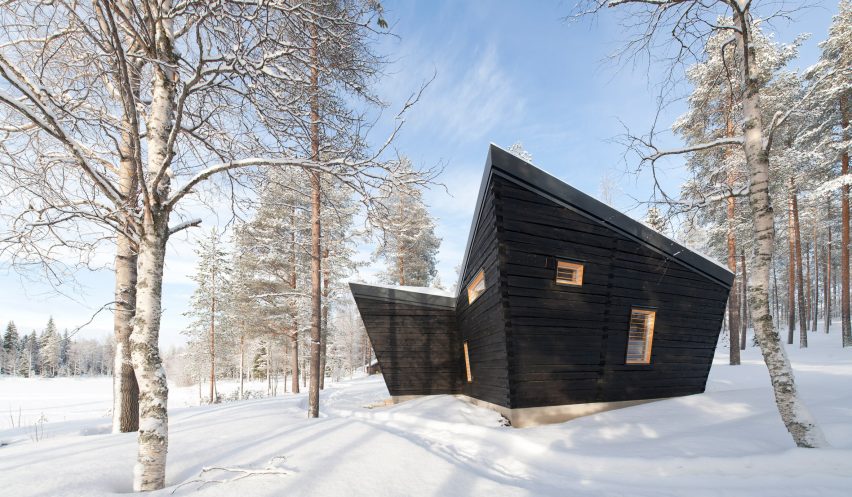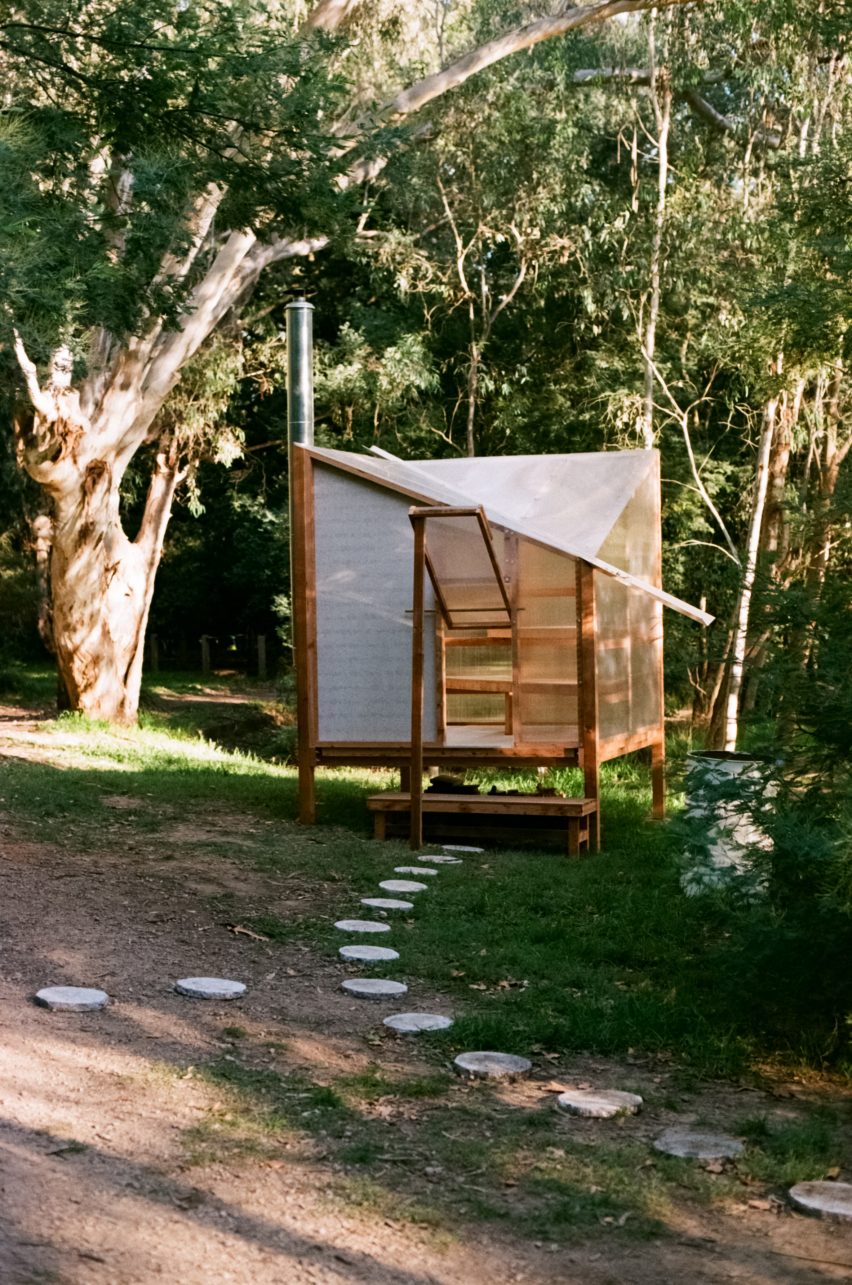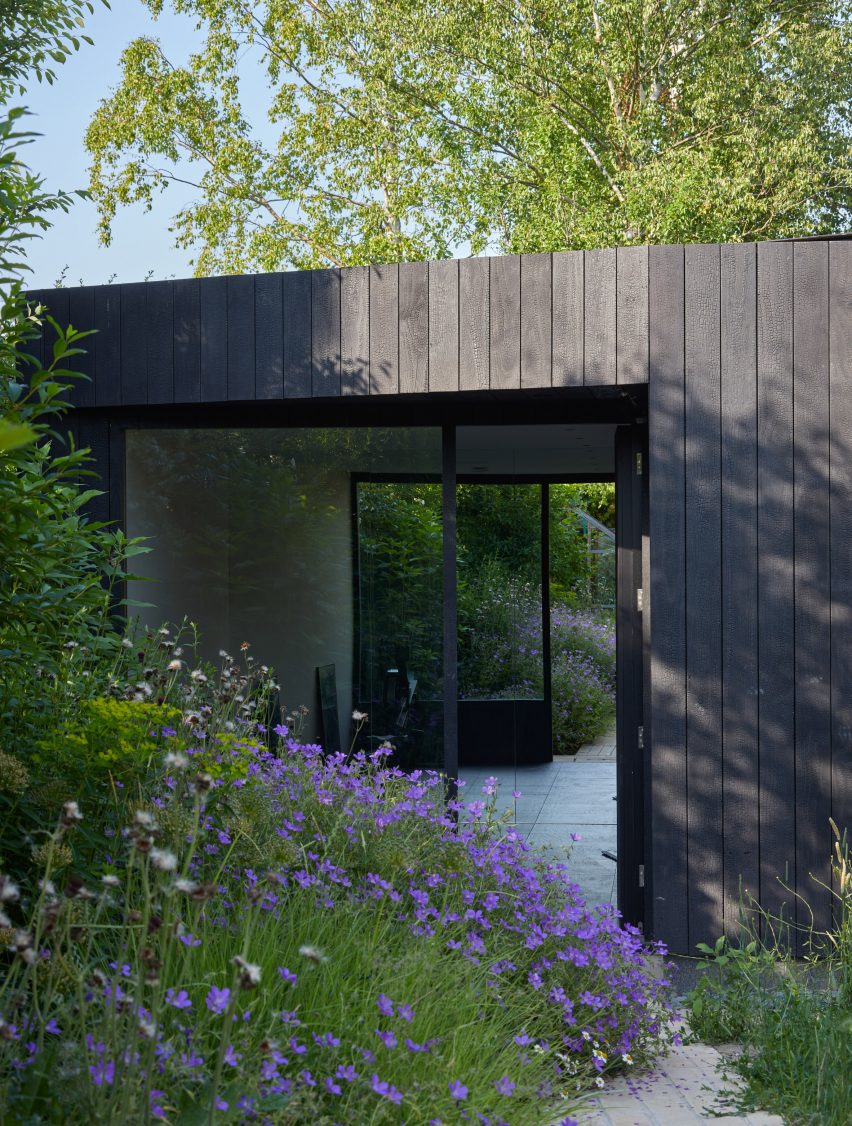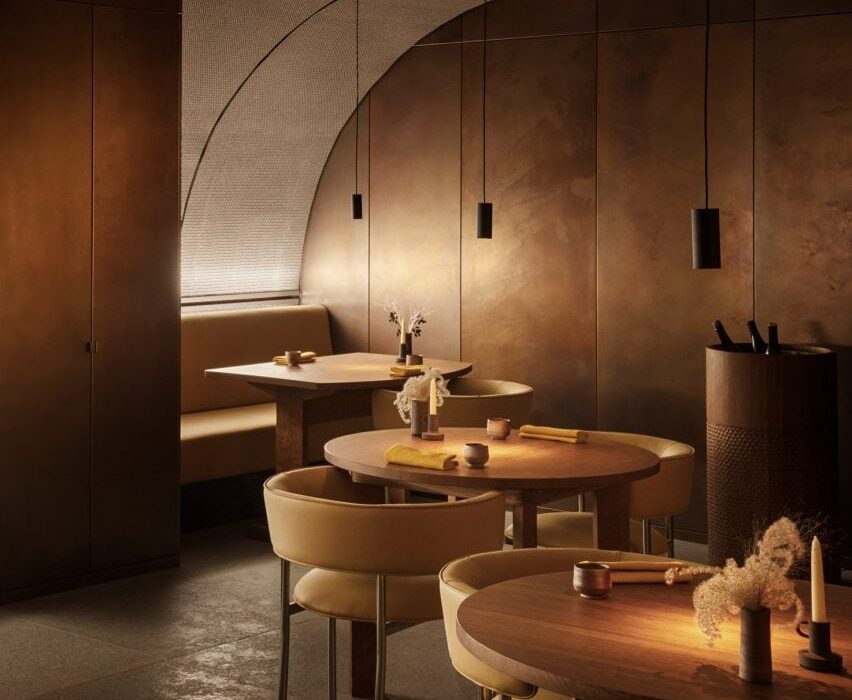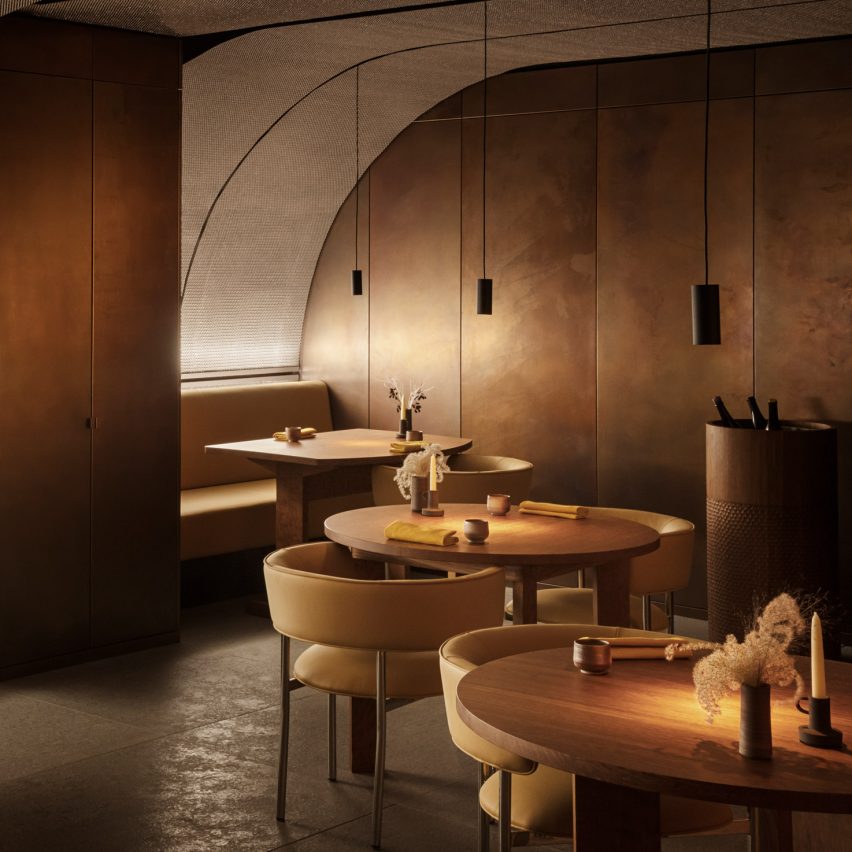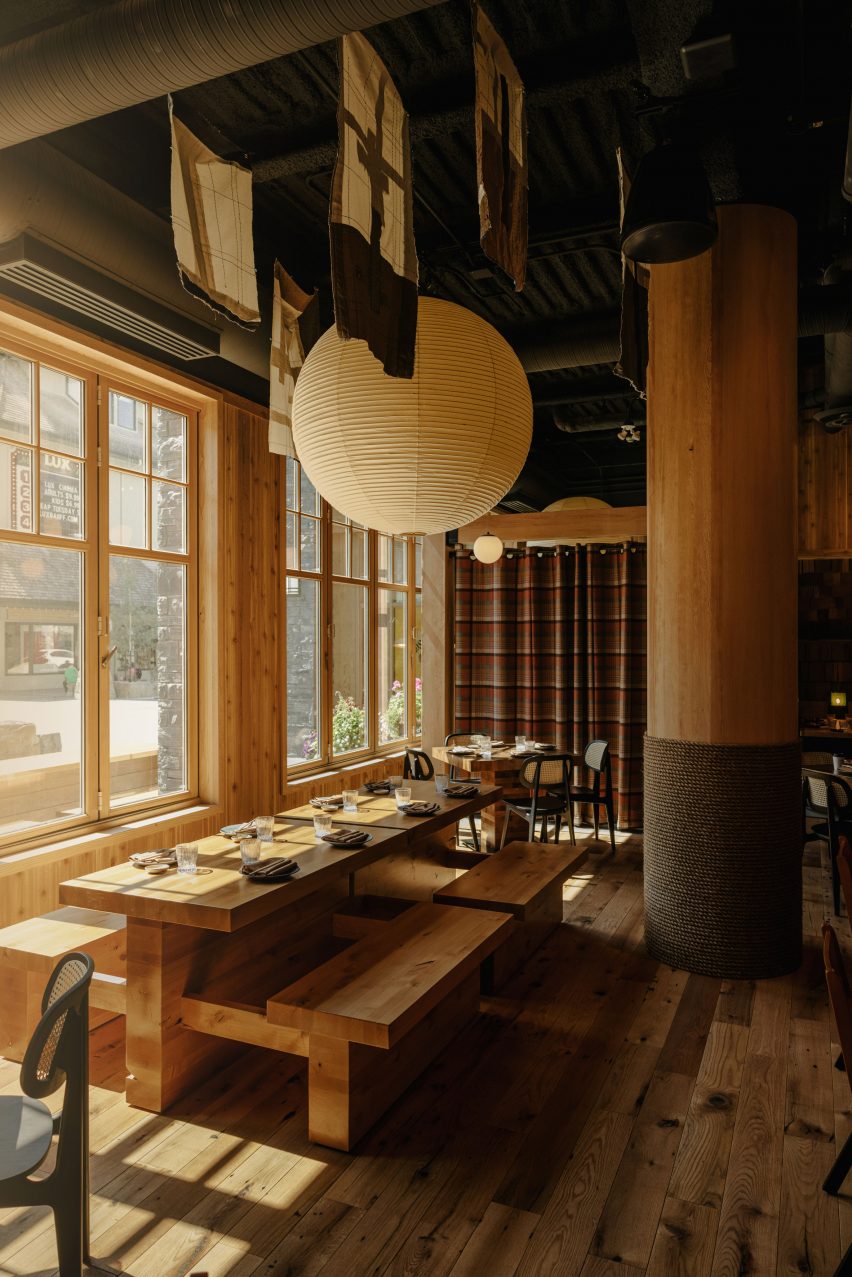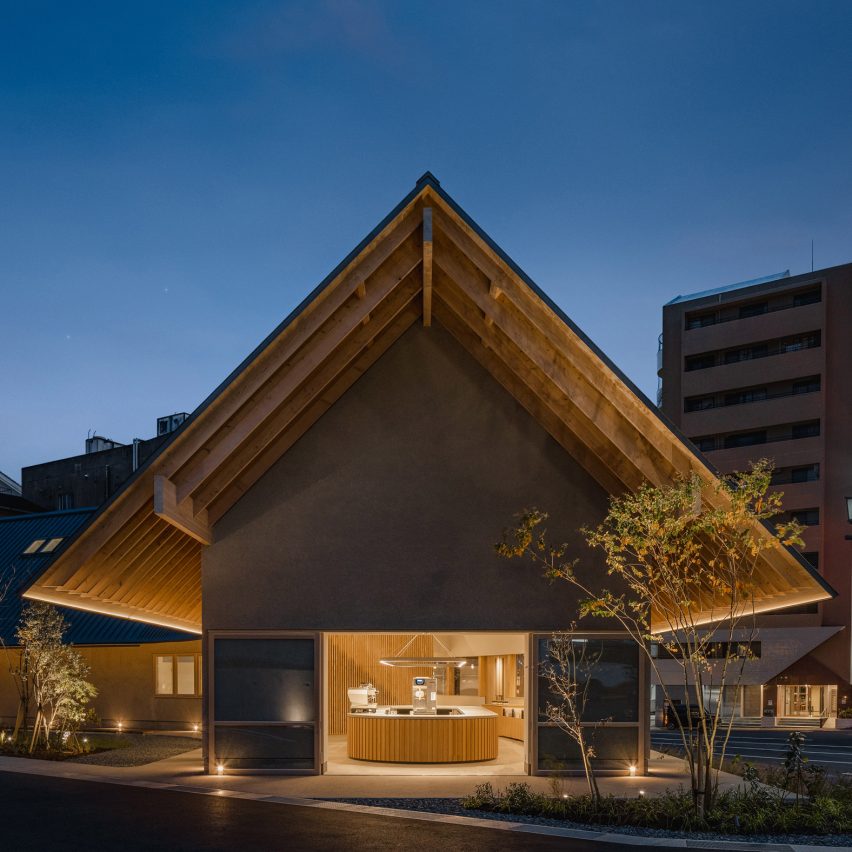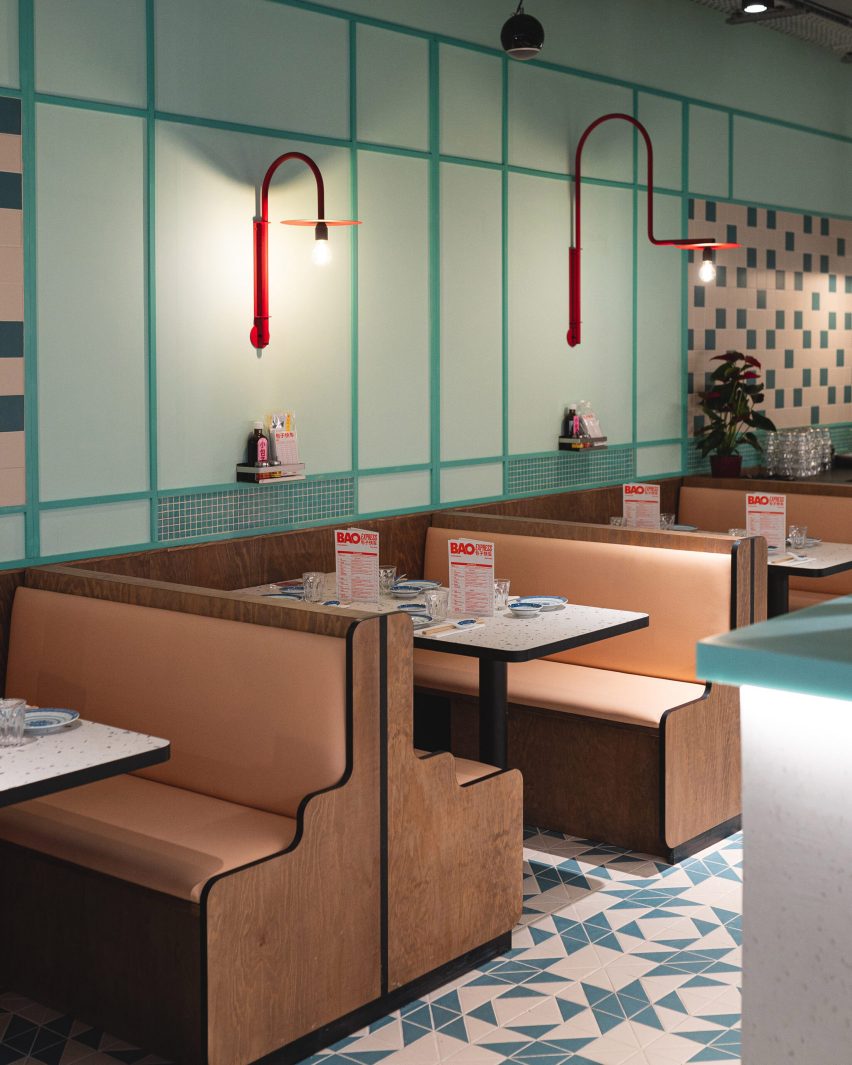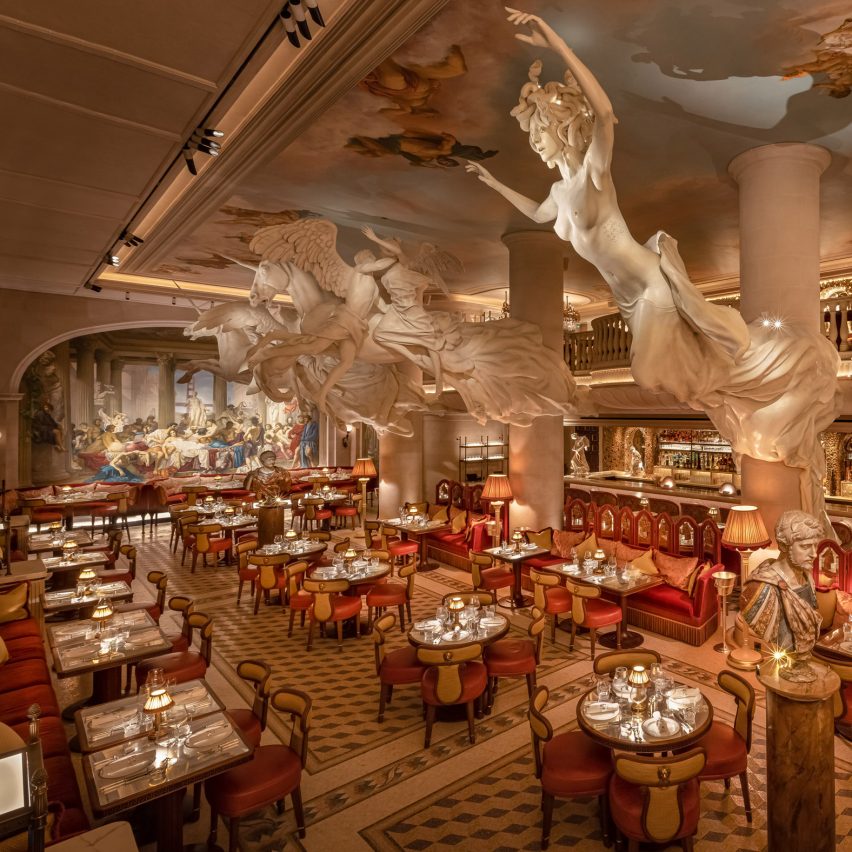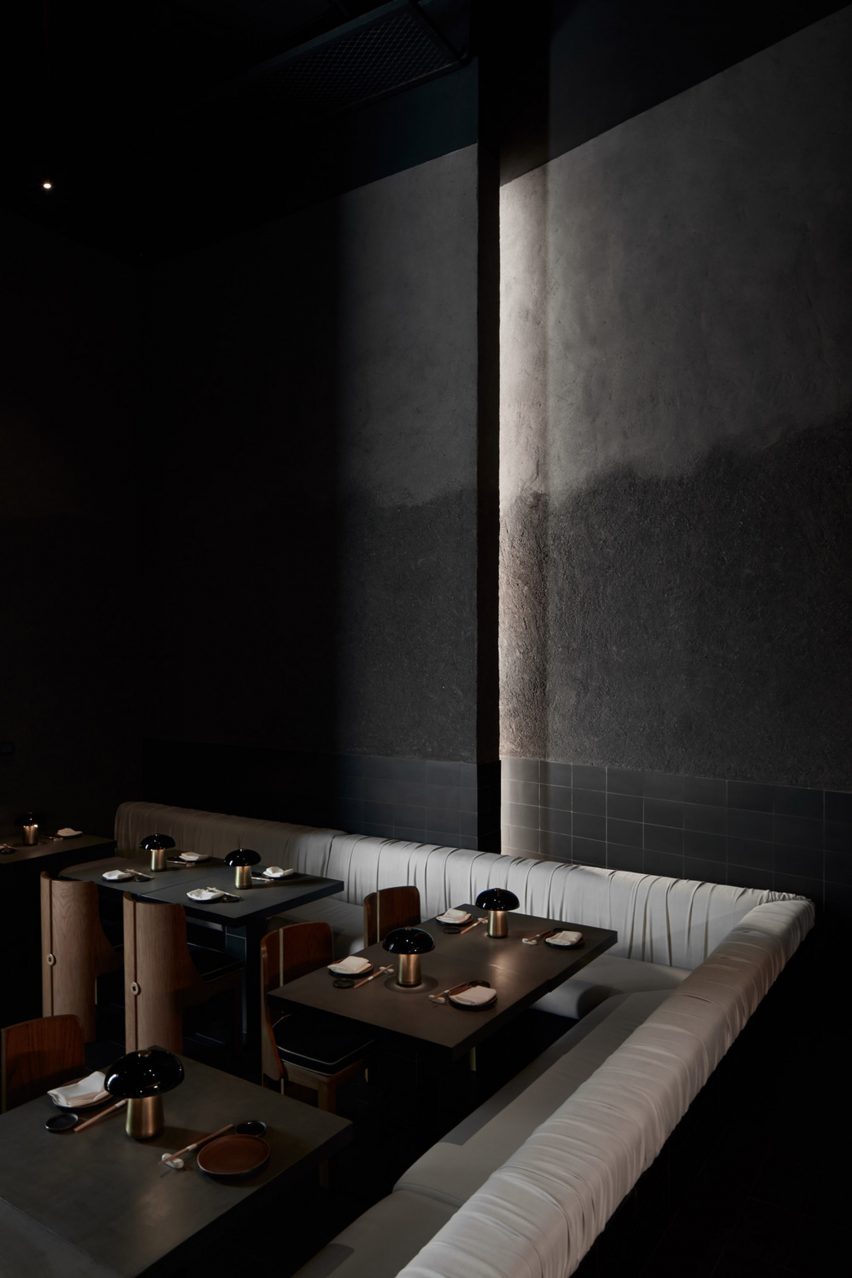Ten sustainable biomaterial fashion designs from Dezeen’s Pinterest
Over the past year, searches for sustainable fashion have grown in popularity on Pinterest. We round up 10 projects from our sustainable fashion board which feature items made from more environmentally friendly materials.
The fashion industry generates an estimated 92 million tonnes of textile waste every year. With the aim of reducing their textile footprint, many designers are now using eco-friendly biomaterials and processes.
Designers such as Valdís Steinarsdóttir and Phillip Lim have used gelatin and plant matter in their work, amongst other materials.
Scroll down to see 10 sustainable fashion designs and browse our popular sustainable fashion board to see more.
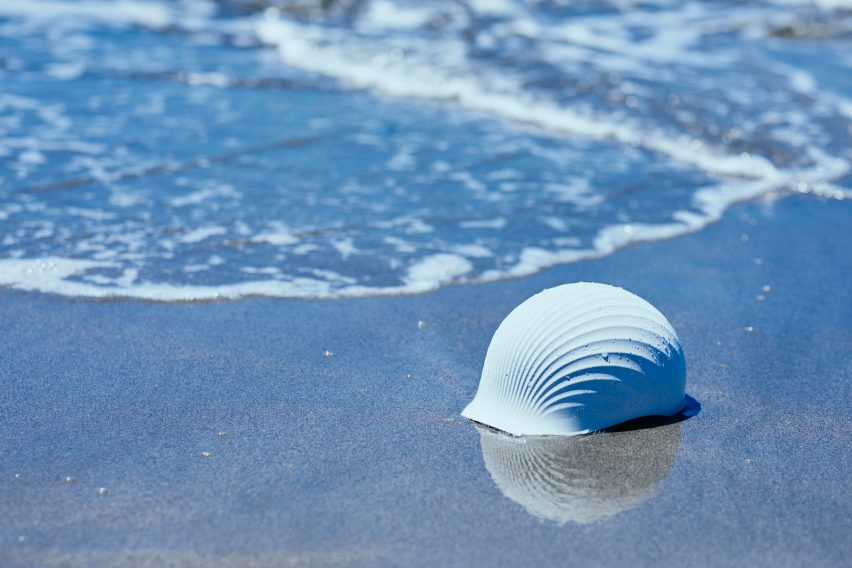
Shellmet by TBWA/Hakuhodo
Tokyo advertising agency TBWA/Hakuhodo and plastics manufacturer Koushi Chemical Industry CO collaborated to design the Shellmet.
The helmet, which was made from discarded scallop shells and recycled plastic, was developed to be used as protective headgear for fishermen in Japan. The Shellmet can also be used as a cycling helmet or a hard hat.
Find out more about the Shellmet ›
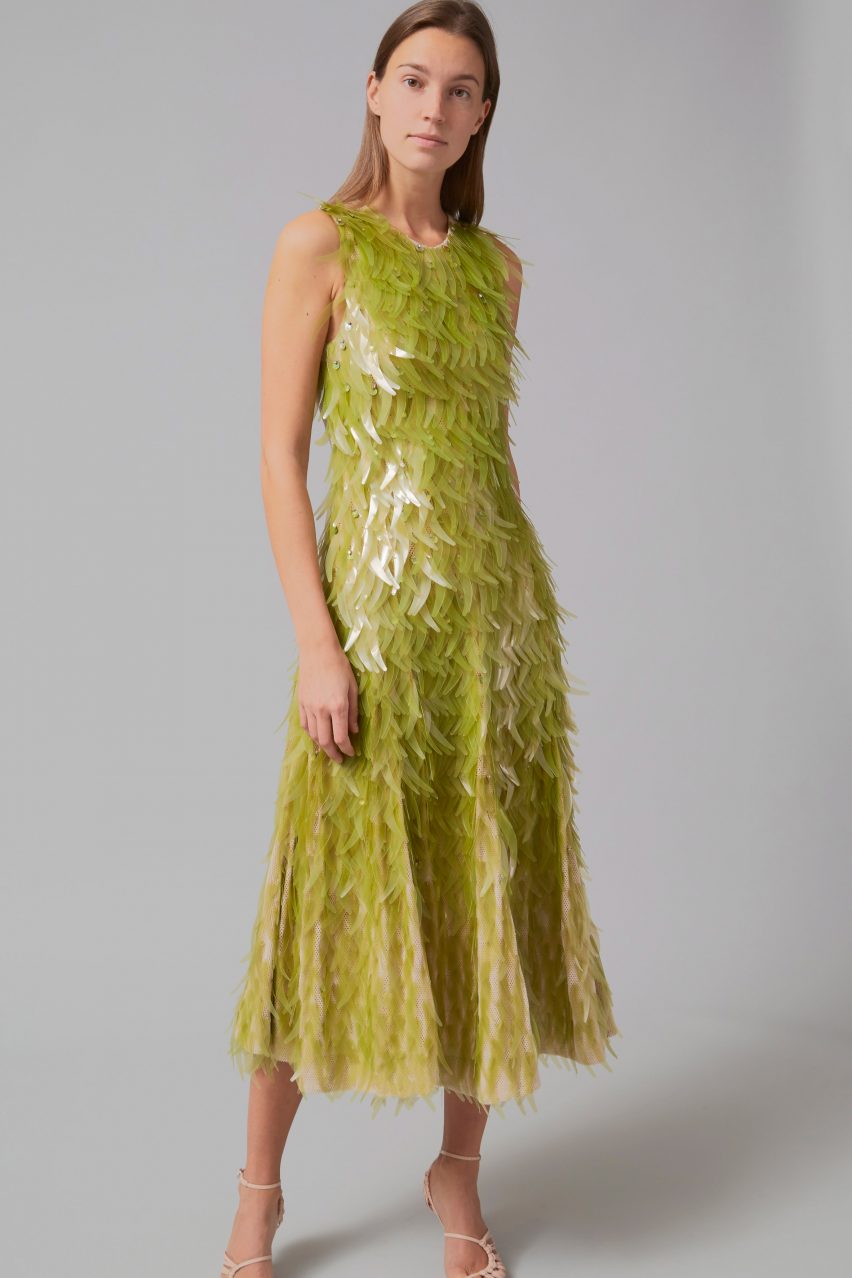
Bioplastic sequins dress by Phillip Lim and Charlotte McCurdy
Algae bioplastic fronds cover this petroleum-free dress created by fashion designer Phillip Lim and industrial designer Charlotte McCurdy.
The dress has a biodegradable base made of plant fibres, making it free of crude-oil by-products such as synthetic fibres, dyes and plastic sequins.
Find out more about the bioplastic sequin dress ›
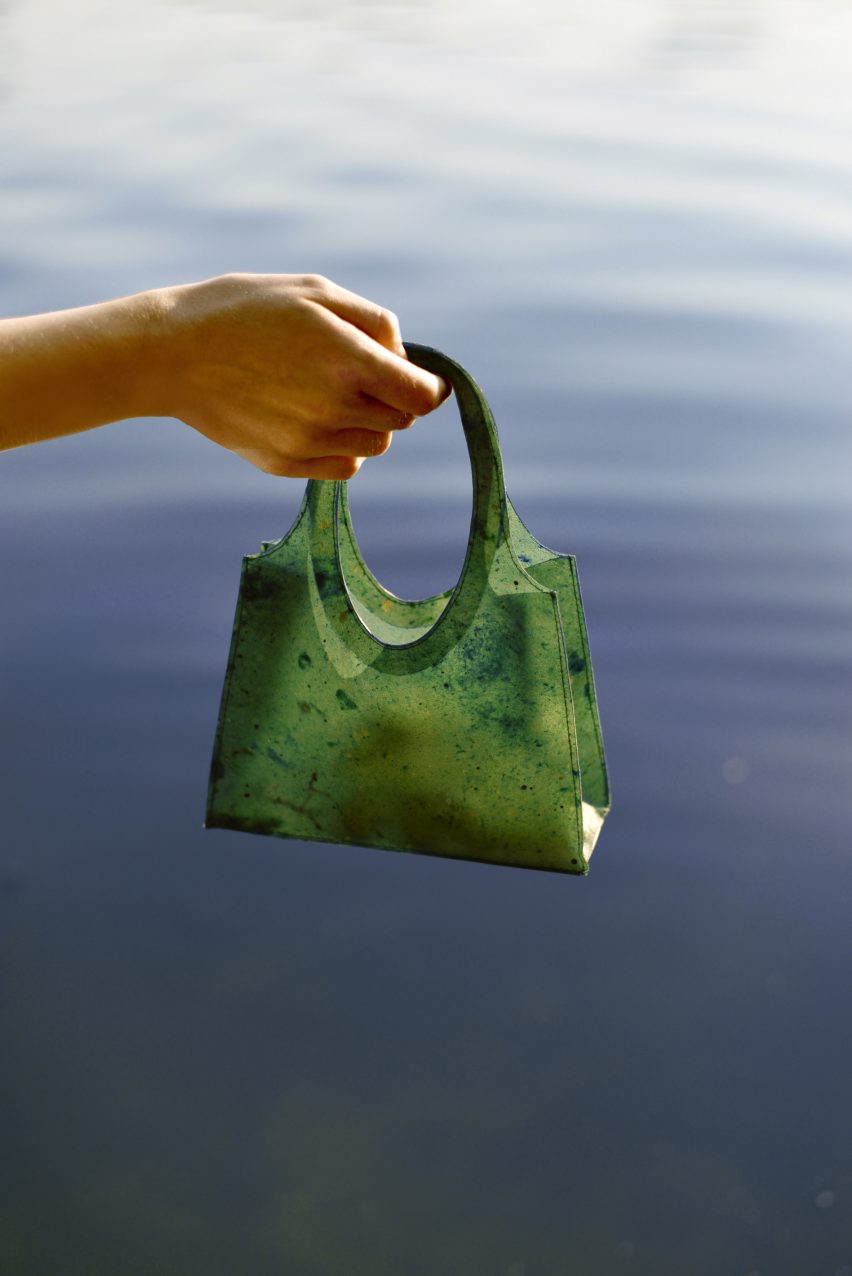
Sonnet166 by Lobke Beckfeld and Johanna Hehemeyer-Cürten
Sonnet155 is a bag that was made from fruit skins left over from juice production and short cellulose fibres. The product dissolves in water and can be used to fertilise plants.
The bag has a lifespan similar to a disposable paper bag and was designed to break down naturally before it can be composted or recycled.
Find out more about Sonnet166 ›
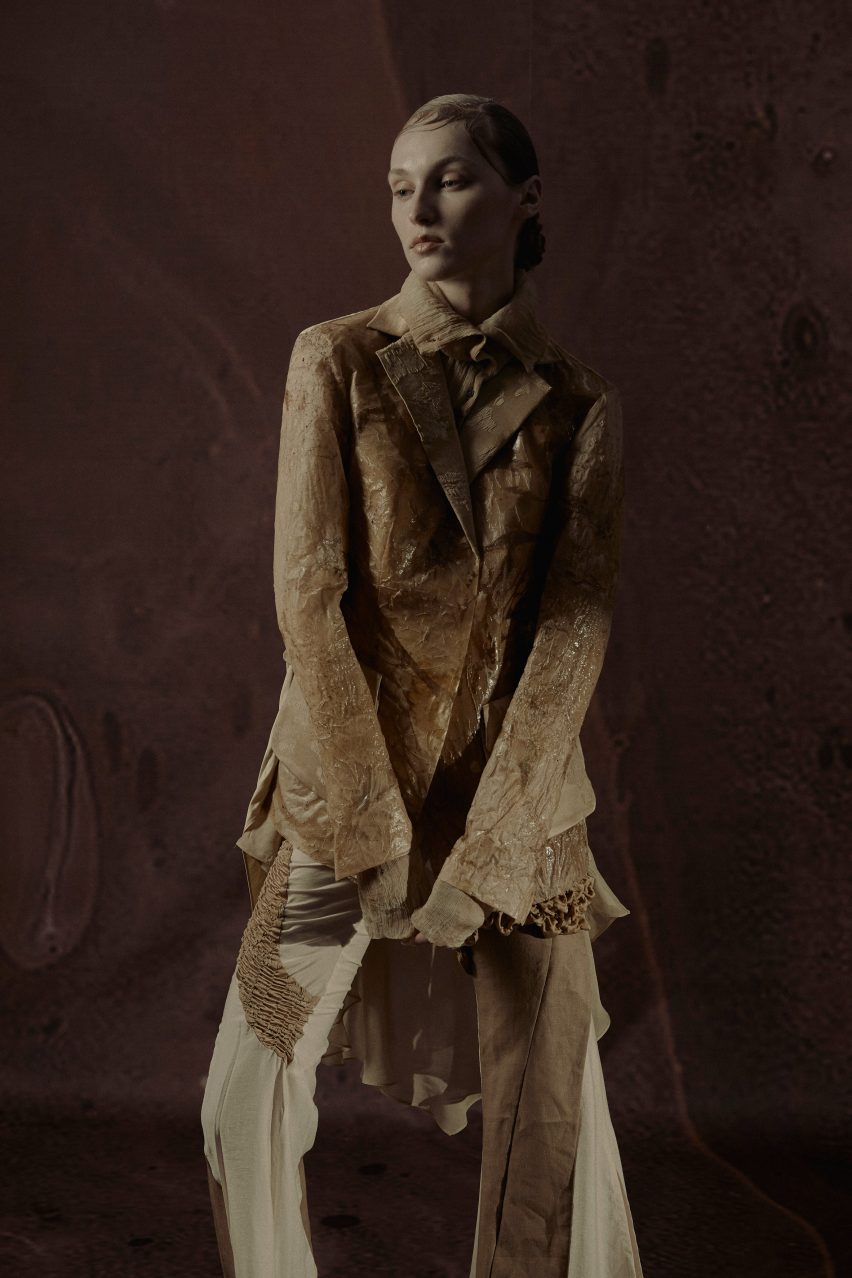
The Soil Project by Yuhan Bai
The Soil Project is a clothing collection made with a soil-based leather alternative and vintage garments dyed with soil.
After conducting research into the fashion industry’s reliance on cotton, Royal College of Art fashion student Yuhan Bai devised the concept.
Find out more about The Soil Project ›
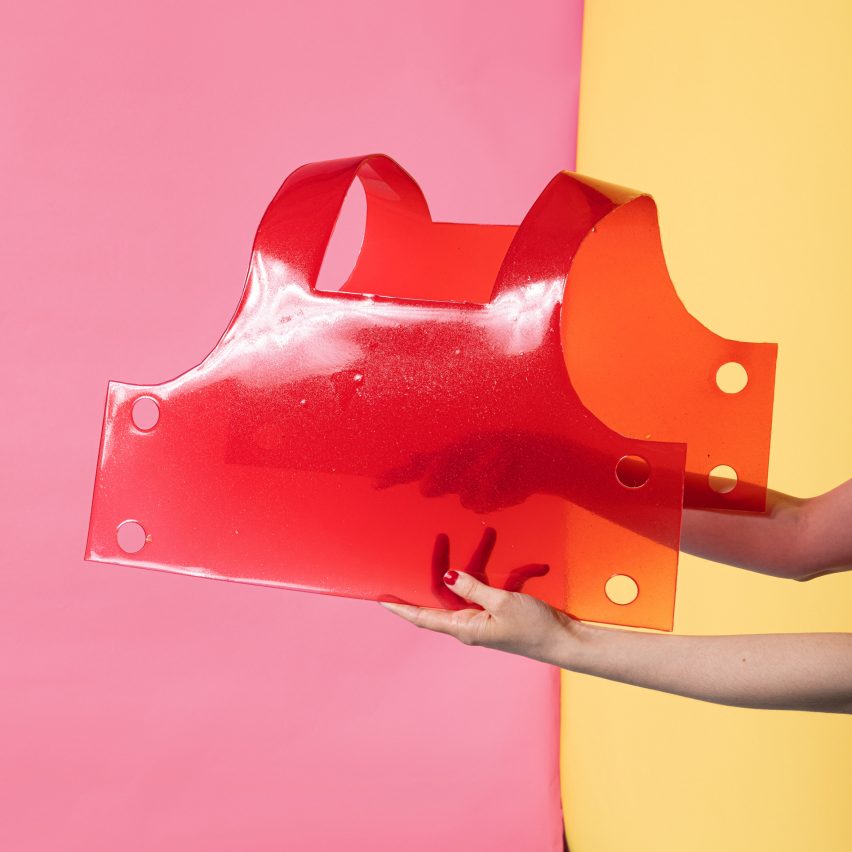
Jelly clothing by Valdís Steinarsdóttir
Designer Valdís Steinarsdóttir designed a collection of vest tops made from gelatin or agar. The tops are created by being cast in a mould and then left to solidify.
The garments require no seams or stitches and can be melted to create new clothes if they are damaged or no longer needed.
Find out more about Jelly clothing ›
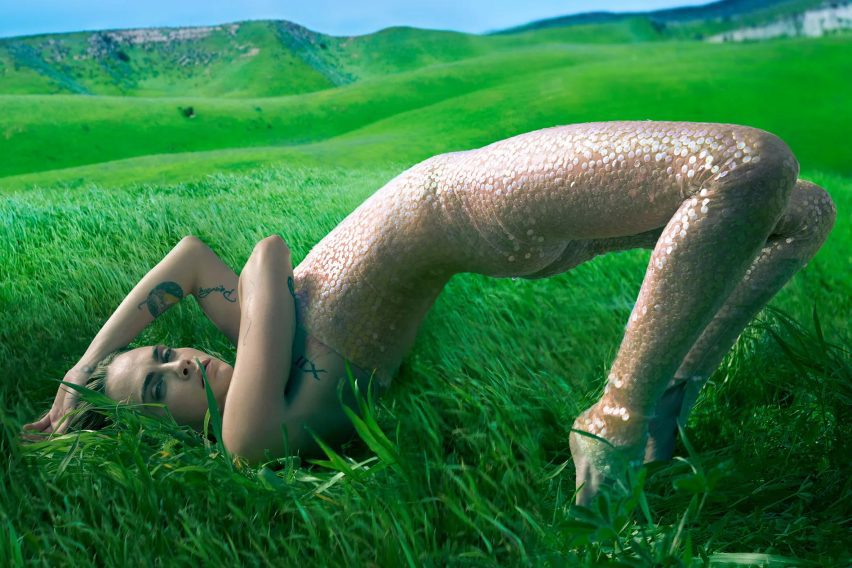
Jumpsuit made with iridescent BioSequins by Stella McCartney
Earlier this year, fashion brand Stella McCartney revealed a sleeveless bodysuit, which was embellished with bi0plastic sequins that are made from tree cellulose.
Biomaterials firm Radiant Matter created the sequins called BioSequins as a substitute for the petroleum-based plastic options which are commonly used.
Find out more about iridescent BioSequins jumpsuit ›
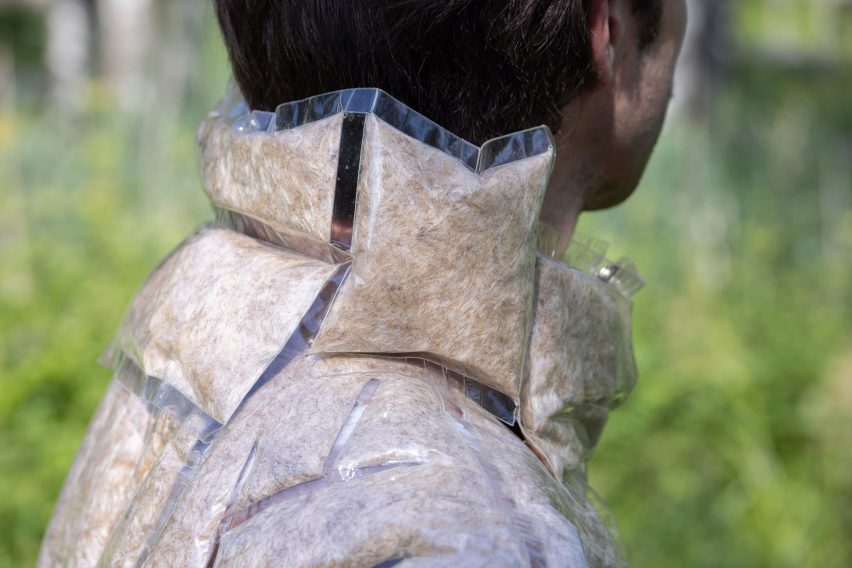
Fluff Stuff by Aalto University students
Students at Aalto University created Fluff Stuff, a textile filling created from plants cultivated on re-wetted peatlands in Finland.
The students designed a collection of soft homeware and clothing, which include cushions, duvets, jackets, bags and a hooded hat which were filled with typha latifolia, a plant known as broadleaf cattail.
Find out more about Fluff Stuff ›
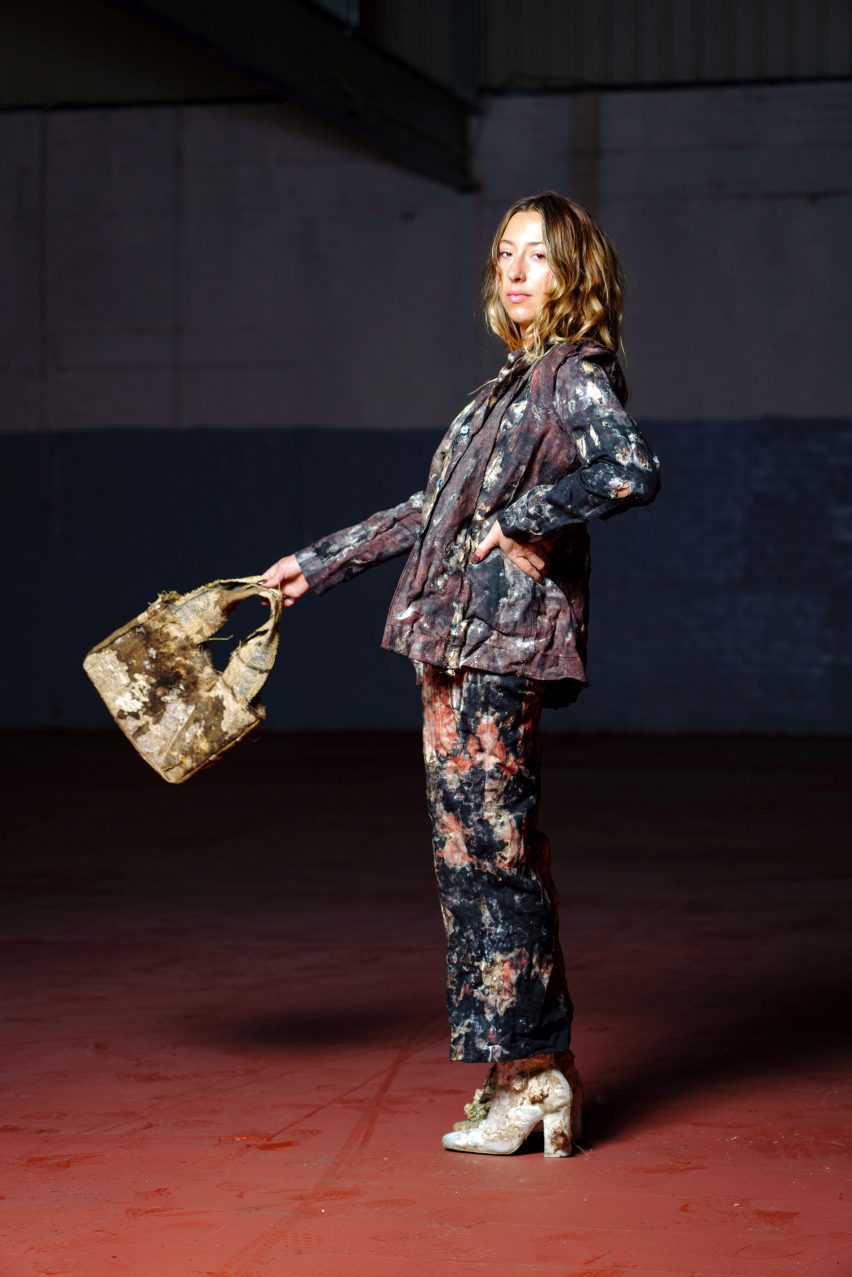
Fungal Integrated by Helena Elston
Fungal Integrated is an upcycled clothing collection made from mycelium and London-sourced textile waste.
Pieces, which include a seamless dress, a navy trouser suit, chunky heeled boots and a jacket, were all made by designer Helena Elston from a combination of local waste products such as discarded textiles, coffee sacks and fungi.
Find out more about Fungal Integrated ›
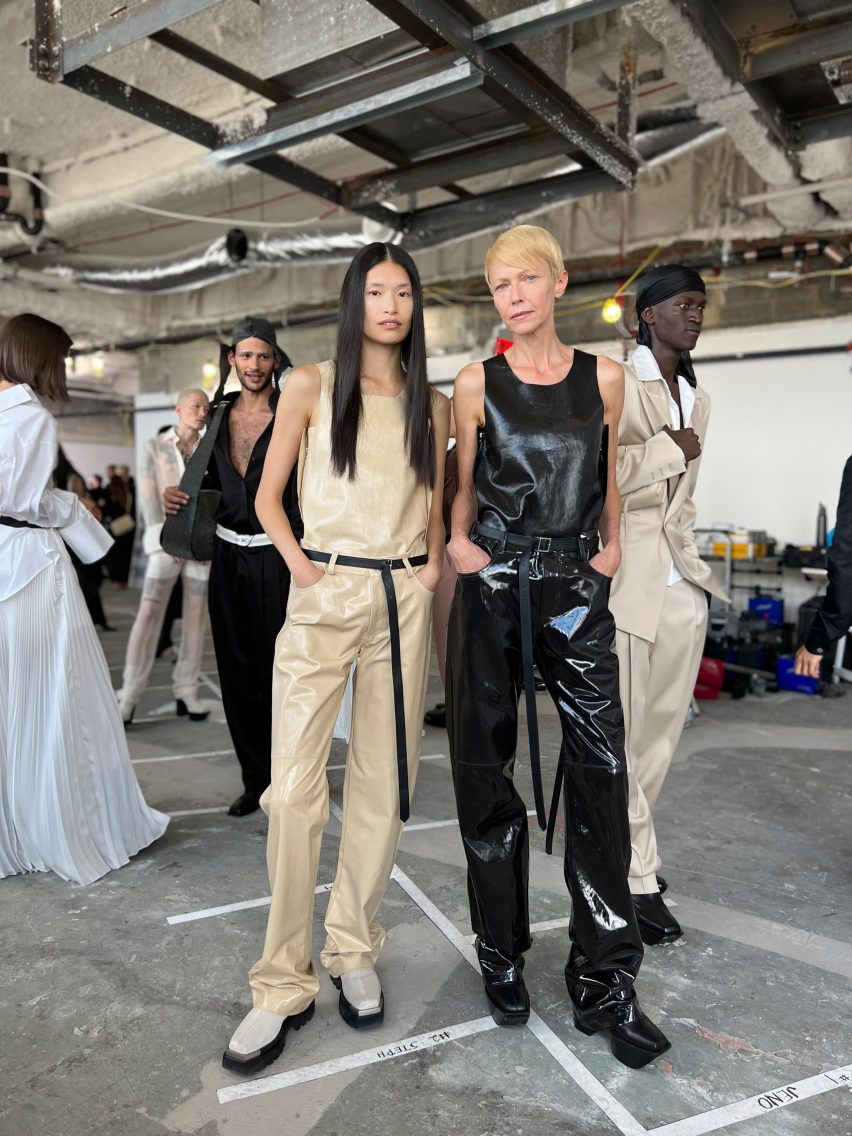
Shrimp and mushroom food waste garments by TômTex and Peter Do
Fashion designer Peter Do joined forces with biobased material developer TômTex to create garments for Do’s Spring Summer 2023 collection at New York Fashion Week.
The pair created glossy wide-leg trousers and rounded-neck tank tops in two colours, which were constructed from TômTex’s non-woven biofabric. The 100-per-cent biodegradable material was made from shrimp and mushroom food waste to have the look and feel of leather.
Find out more about the collection ›
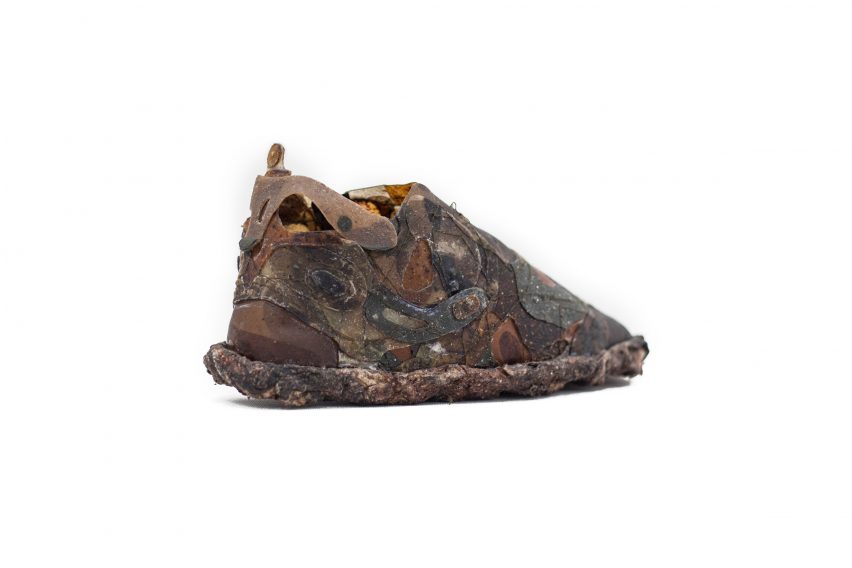
Kajola by Olaniyi Studio
Kajola is a series of shoes made from biomaterials by architect Yussef Agbo-Ola of environmental design practice Olaniyi Studio.
Agbo-Ola created nine experimental shoes made out of natural materials including clay, volcanic dust and cocoa. The shoes were created as artwork and curl up like plants when they decay.
Find out more about Kajola ›
Follow Dezeen on Pinterest
Pinterest is one of Dezeen’s fastest-growing social media networks with over 1.4 million followers and more than ten million monthly views. Follow our Pinterest to see the latest architecture, interiors and design projects – there are more than four hundred boards to browser and pin from.
Currently, our most popular boards are retail interiors and installations.

